Interviews
Japan's impact on the image of Nikkei in Brazil (Portuguese)
(Portuguese) The image that Nikkei have in Brazilian society is an extremely positive one. I think that in the imagination, in their head, when a Brazilian says the word Nikkei, they say or they remember something about people who worked hard, who worked in agriculture, well-behaved students, very quiet students, right? I think there’s a whole series of positive characteristics. I think that even today – it’s interesting that today in Brazil just about fifteen percent of Japanese descendents work in agriculture.
But nevertheless, Brazilian society has this image of a Japanese person, or of someone from a Japanese family, as a farmer’s child, or as a farmer. And then, I don’t think it’s a positive image of just the Nippo-Brazilian community, there’s also a positive image of Japan, right? And more recently, when people talk about Nikkei, they imagine, what comes into their mind is the question of Brazilian workers living in Japan. So, unfortunately, or fortunately, they have, you know, this idea about a person, a person of Japanese descent, that goes to Japan, works, and brings back money, brings back dollars to Brazil.
So I think there’s this combination, right, of a shared history within the country, then of a Japanese society that emerged from the ashes of the Second World War and became a first world country, and then today of those descendents who are going to Japan to work, who are sacrificing and bringing money back to their families or to try and get ahead in Brazil.
Date: October 7, 2005
Location: California, US
Interviewer: Ann Kaneko
Contributed by: Watase Media Arts Center, Japanese American National Museum.
Explore More Videos
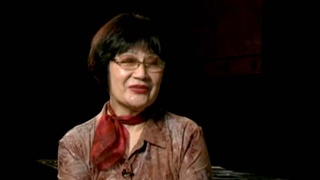
The term Nikkei reflects ties to Japan (Spanish)
Nisei Paraguayan, Researcher

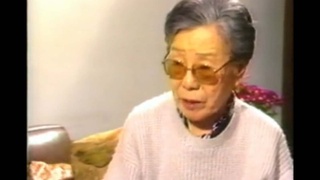
Opening a Japanese-style all-girls' school in Brazil (Japanese)
Issei, Pioneer of women's education in Brazil
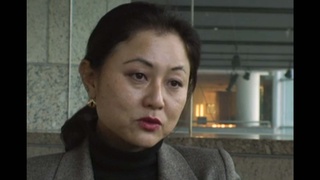
The reactions of others when I got my American citizenship (Japanese)
Shin-Issei from Gifu. Recently received U.S. citizenship

Americanized values (Japanese)
Shin-Issei from Gifu. Recently received U.S. citizenship

Traditional Japanese events for Japanese Americans (Japanese)
Shin-Issei from Gifu. Recently received U.S. citizenship
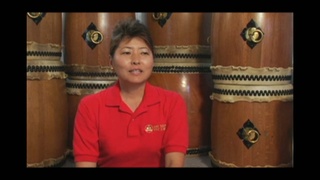
The multicultural perspective
(b.1960) Third-generation taiko drummer, leader of Maui Taiko

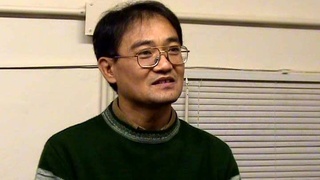
A personality fit for Argentina (Japanese)
Okinawan. Vice Principal of Japanese language school in Buenos Aires


Moved to Japan as my dekasegi father called on me (Japanese)
(b. 1979) Sansei Nikkei Brazilian who lives in Oizumi-machi in Gunma prefecture. He runs his own design studio.
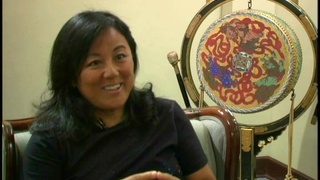
The Nikkei Integration into society (Spanish)
(b. 1962) Peruvian Poet, Okinawan descendant


Does a Nikkei culture exist? (Spanish)
(b. 1962) Peruvian Poet, Okinawan descendant

Facing hardships in Japan (Japanese)
(b. 1979) Sansei Nikkei Brazilian who lives in Oizumi-machi in Gunma prefecture. He runs his own design studio.
